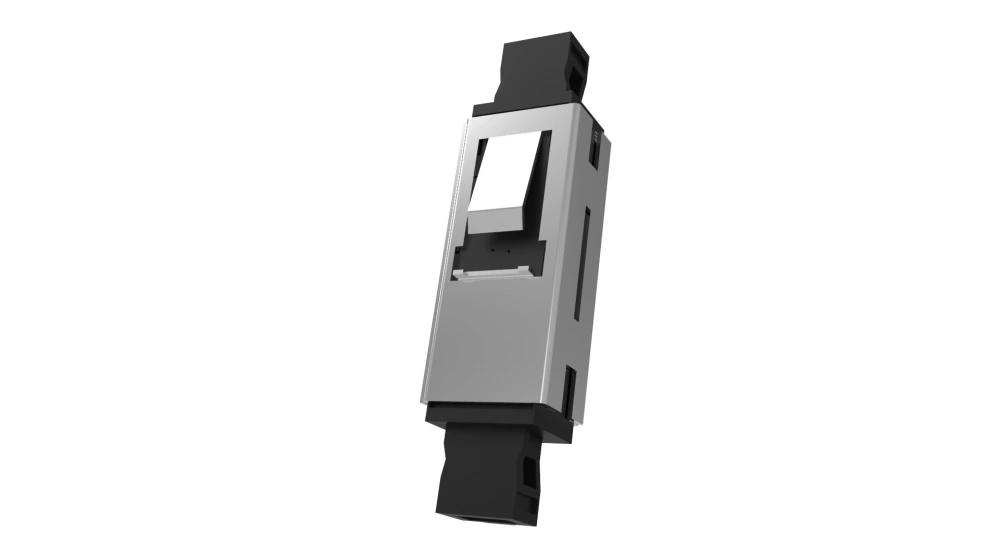Understanding the Different Types of Fiber Optic Adapters

Fiber optic adapters, also known as fiber optic couplers, play a crucial role in telecommunications and networking systems. They provide a means to connect two fiber optic connectors and enable seamless transmission of optical signals. This article aims to explore the common types of fiber optic adapters, their uses, and the advantages they offer.
1. SC Fiber Optic Adapter
The SC (Subscriber Connector) fiber optic adapter is one of the most widely used types. It features a durable snap-in locking mechanism, providing a secure connection. SC adapters are typically used for high-density applications due to their compact size. They are commonly found in data centers, telecommunication networks, and local area networks (LANs).
2. LC Fiber Optic Adapter
The LC (Lucent Connector) fiber optic adapter is another popular type known for its small form factor. It utilizes a convenient push-pull design and offers excellent coupling and performance. LC adapters are commonly used in high-density installations, such as switches, routers, and network interface cards. They are also ideal for applications that require flexibility and space-saving solutions.
3. ST Fiber Optic Adapter
The ST (Straight Tip) fiber optic adapter is one of the earliest types and is still widely used today. It features a bayonet-style connector, which ensures a quick and secure connection. ST adapters are commonly used in Ethernet networks, fiber optic patch panels, and multimedia applications. They are known for their durability and resistance to dust and moisture.
Other types of fiber optic adapters include FC (Ferrule Connector), MTRJ (Mechanical Transfer Registered Jack), and E2000 adapters. Each type has its own unique features and advantages, making them suitable for various applications and environments.
Regardless of the type, fiber optic adapters offer numerous benefits. They provide low insertion loss, high return loss, and excellent repeatability. They ensure precise alignment of fiber connectors, resulting in improved signal quality and minimal signal loss during transmission.
In conclusion, fiber optic adapters are essential components in modern telecommunications and networking systems. By understanding the different types available, such as SC, LC, and ST adapters, one can make informed decisions when it comes to designing and implementing fiber optic networks. Each type has its own advantages and use cases, allowing for optimal connectivity and performance. So, whether you are setting up a data center, a LAN, or an Ethernet network, selecting the right fiber optic adapter is crucial for ensuring reliable and efficient optical signal transmission.



